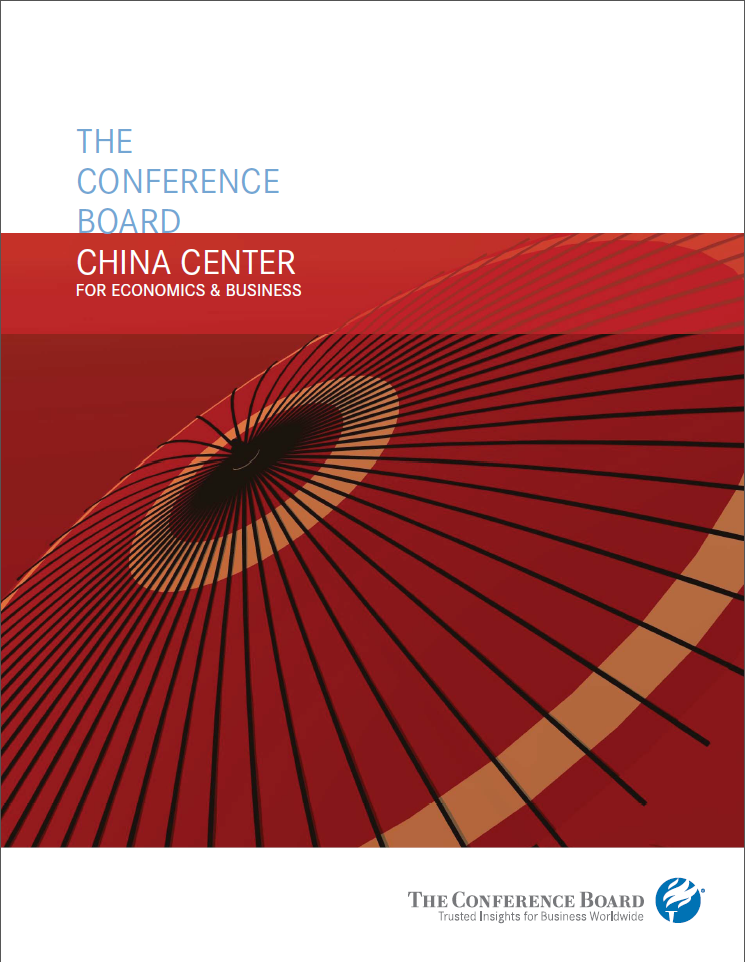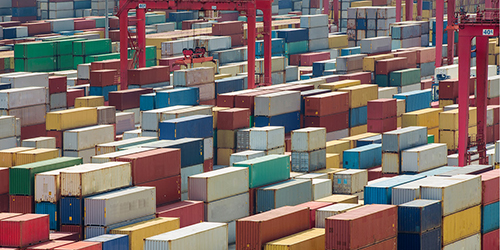China Center -- What to Watch for: China’s multilateral and regional trade negotiations

- Authors:
-
Publication Date:
December 05, 2014
In this edition of the China Center's What to Watch For series, we examine China’s multilateral and regional trade negotiations and ask: is another WTO moment possible? During November’s APEC Ministerial Meeting in Beijing, President Obama announced that the United States and China had reached a long-awaited agreement to expand and update the WTO’s Information Technology Agreement (ITA), which when implemented in Geneva will represent the WTO’s most significant tariff-reducing advancement in decades. One week later Xi Jinping made a State visit to Australia—leveraging his presence at a G-20 summit in Brisbane—and signed the PRC’s largest and most comprehensive bilateral free trade agreement to date. The Australians say they got the best deal China has ever offered a Western economy. Is a new trend toward trade liberalization emerging from Beijing? Although the political-economy factors driving China’s soft fall lead us to be skeptical that domestic-led economic reform will be possible, the potential for coercing certain reforms via an outside-in roadmap may still exist. Concurrently, it is increasingly obvious that China’s reformist camp hopes to use international trade negotiations to force domestic change in the same way that then-Premier Zhu Rongji did in the late 1990s and early 2000s during the WTO accession era. In this What to Watch For, we survey China’s positioning with regard to the Trans-Pacific Partnership, the Trade in Services Agreement, the aforementioned ITA, and other emerging multilateral FTAs—including China’s preferred Asia-only framework, the Regional Comprehensive Economic Partnership (RCEP). Foreign multinationals need signposts to watch, and China’s approach to trade and investment negotiations is an extremely useful guide for calculating Beijing’s sentiment regarding substantive, marketizing reform. International treaties carry the force of law, and require local implementation. Were China to accede to one of the many pacts under international consideration and successfully conclude negotiations, facts on the ground in China’s domestic economy and regulatory structure would necessarily change. This note briefly outlines recent developments in this space and tells you What to Watch For as events unfold.
- CREATE AN ACCOUNT SIGN IN
-
Only available to members. Become a member.













